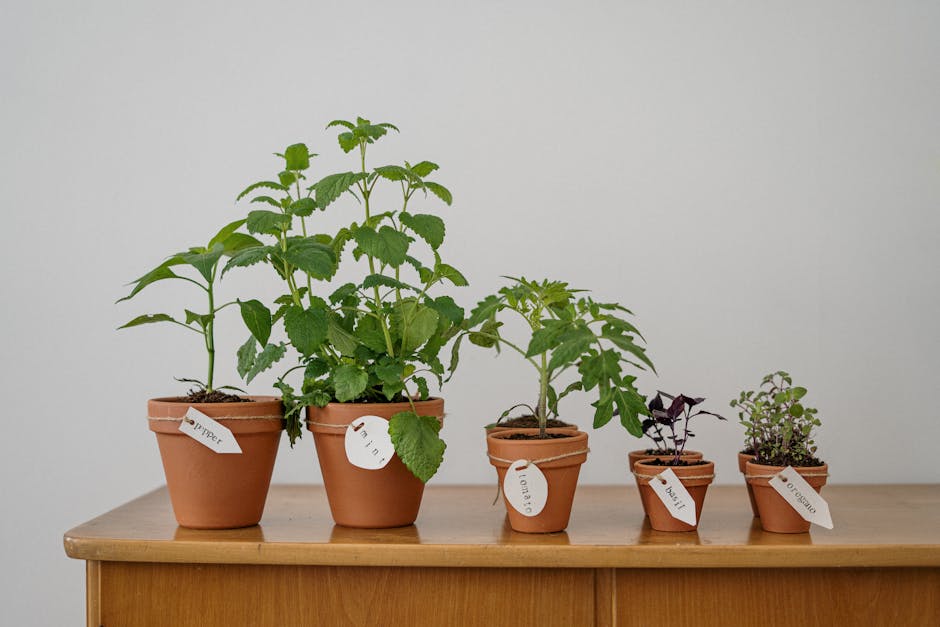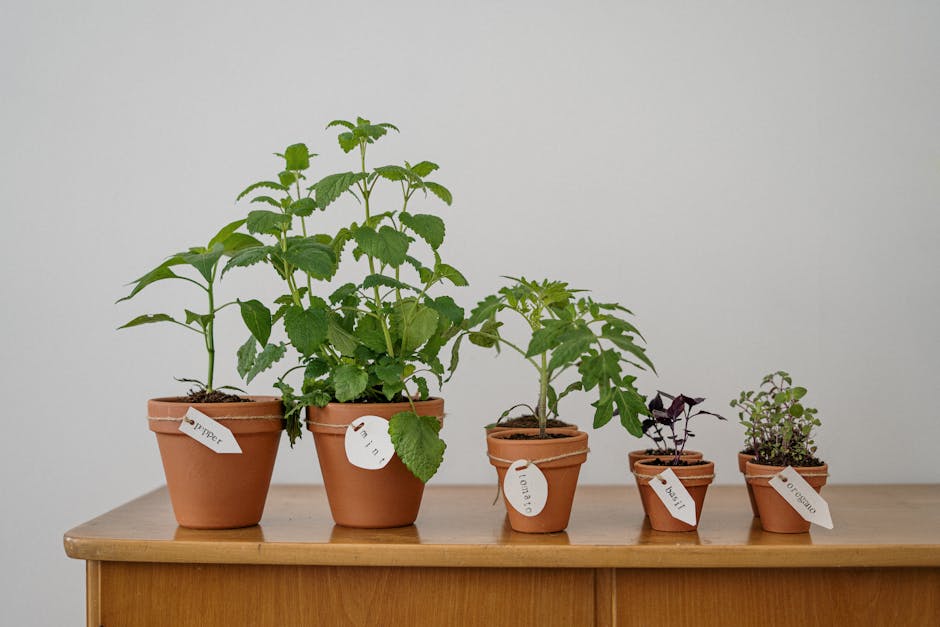The Essential Guide to Choosing the Right Soil for Potted Roses

Growing roses in pots can be a delightful endeavor, but it does require a bit of knowledge and finesse. One of the most critical aspects of this process is choosing the right soil and fertilizer. This essential guide will help you navigate through the myriad of options available and make the best choice for your potted roses.
Firstly, let’s talk about soil. The soil you choose for your roses can make a significant difference in their health and blooming capacity. Roses are known for their love of well-draining soil. This is because their roots don’t like to sit in water, which can lead to root rot and other diseases. Therefore, when choosing soil for your potted roses, opt for a high-quality potting mix that is specifically designed for roses. These mixes usually contain a blend of loam, peat moss, and perlite or sand, which provides excellent drainage while also retaining enough moisture to keep the roses happy.
However, it’s not just about the soil’s composition. The pH level of the soil is also crucial. Roses prefer slightly acidic soil, with a pH level between 6.0 and 6.5. Many rose-specific potting mixes will already be at this pH level, but if you’re mixing your own, you may need to adjust the pH with garden lime or sulfur, depending on whether the soil is too acidic or too alkaline.
Now, let’s move on to fertilizers. Roses are heavy feeders, meaning they require a lot of nutrients to produce their stunning blooms. A balanced rose fertilizer will typically contain nitrogen, phosphorus, and potassium, often referred to as N-P-K. Nitrogen promotes healthy leaf growth, phosphorus supports strong root development and flower production, and potassium aids in overall plant health and disease resistance.
When choosing a fertilizer for your potted roses, look for one that is specifically designed for roses. These fertilizers will have the right balance of nutrients that roses need. It’s also a good idea to choose a slow-release fertilizer. This type of fertilizer releases nutrients slowly over time, providing a steady supply of nutrients to the roses without the risk of over-fertilizing.
In addition to the N-P-K, roses also benefit from some trace elements like iron, magnesium, and calcium. Many rose fertilizers will include these trace elements, but if yours doesn’t, you can add them separately. Just be sure to follow the package instructions to avoid overdoing it.
Lastly, remember that while choosing the right soil and fertilizer is crucial, it’s just one part of the puzzle. Proper watering, sunlight, and pruning are also essential for growing healthy, blooming roses in pots.
In conclusion, growing roses in pots can be a rewarding experience if you equip yourself with the right knowledge. By choosing a well-draining, slightly acidic soil and a balanced, slow-release rose fertilizer, you can provide your roses with the best possible environment to thrive and bloom. Happy gardening!
Mastering the Art of Fertilizing Roses in Pots for Optimal Growth
Growing roses in pots can be a delightful endeavor, but it does require a bit of knowledge and finesse. One of the most crucial aspects of this process is choosing the right soil and fertilizer. Mastering the art of fertilizing roses in pots for optimal growth is not as daunting as it may seem, and with a few tips and tricks, you can have your roses blooming beautifully in no time.
Firstly, let’s talk about soil. The soil you choose for your potted roses is incredibly important. Roses prefer well-draining soil, as they don’t like to have their roots sitting in water. A good choice is a high-quality potting mix, which is typically composed of peat moss, compost, and perlite or vermiculite. This type of soil is light and airy, allowing water to drain easily, yet it retains enough moisture to keep the roses hydrated.
However, soil alone is not enough to ensure the health and vitality of your roses. This is where fertilizer comes into play. Fertilizer provides the essential nutrients that roses need to grow and bloom. Without it, your roses may struggle to produce flowers, and their overall health could suffer.
When it comes to choosing a fertilizer for your potted roses, there are a few things to consider. Firstly, roses need a balanced diet of nutrients, including nitrogen, phosphorus, and potassium. These are often represented as a ratio on fertilizer packages, such as 10-10-10 or 20-20-20. Nitrogen promotes leaf growth, phosphorus aids in flower production, and potassium helps with overall plant health.
In addition to these primary nutrients, roses also benefit from secondary nutrients like calcium, magnesium, and sulfur, as well as trace elements like iron, manganese, and zinc. Many rose-specific fertilizers will include these nutrients, so it’s worth looking for one that’s specially formulated for roses.
The frequency of fertilization is another important factor. Generally, roses should be fertilized every two to four weeks during the growing season, which is from spring until fall. However, you should stop fertilizing about six weeks before the first expected frost in your area to allow the roses to prepare for winter.
When fertilizing, it’s important to follow the package instructions carefully. Over-fertilizing can be just as harmful as under-fertilizing, leading to nutrient burn and potentially damaging your roses. It’s also a good idea to water your roses thoroughly before and after applying fertilizer to prevent the nutrients from burning the roots.
In conclusion, growing roses in pots requires a bit of knowledge and care, particularly when it comes to choosing the right soil and fertilizer. By selecting a well-draining soil and a balanced, rose-specific fertilizer, and by fertilizing regularly and responsibly, you can ensure that your potted roses thrive. Remember, the key to mastering the art of fertilizing roses in pots for optimal growth is understanding the needs of your roses and providing them with the right nutrients at the right time. With a little practice and patience, you’ll soon be rewarded with a pot full of vibrant, blooming roses.

